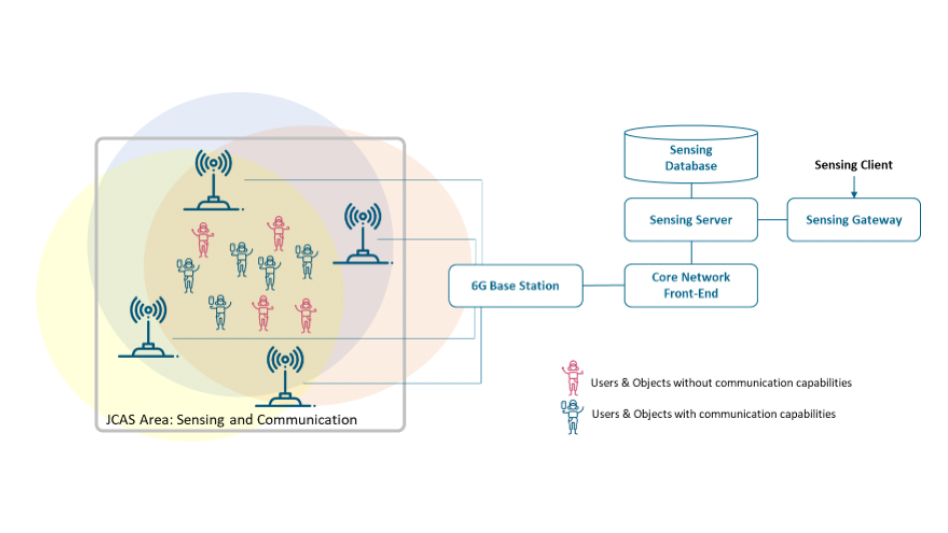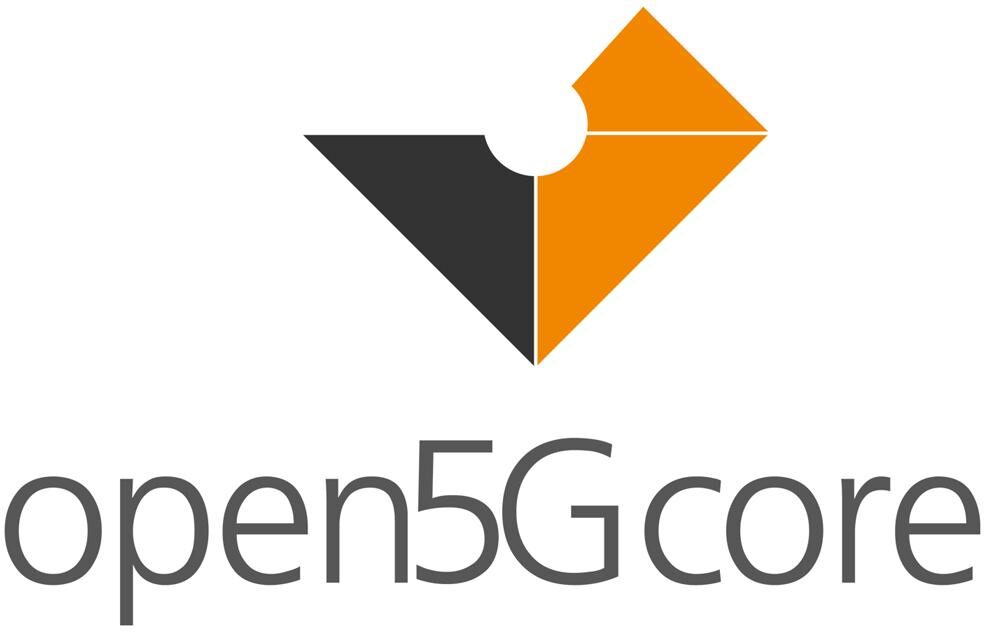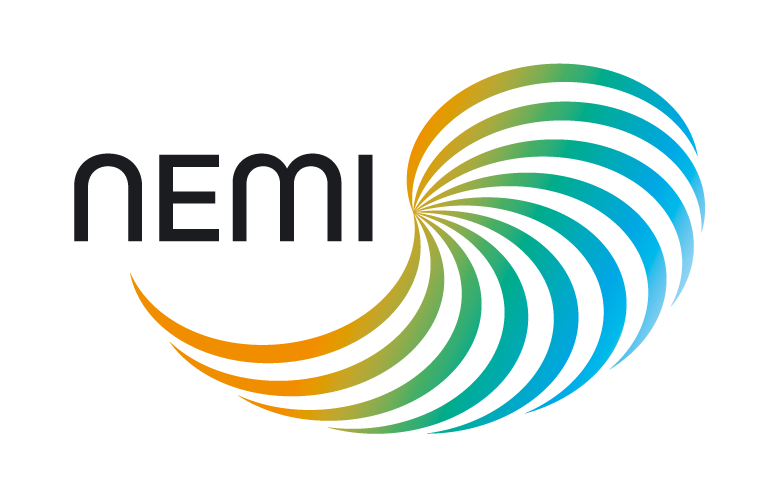RAN-Core Convergence
Providing subscriber control in near real-time across a coherent control plane:
- Administrative UE distribution in the RAN environment:
- Policies transmitted to the UE
- RAN commands – using the near RT RIC functionality
- Dependent on:
- QoS and Mobility patterns (NWDAF)
- Policies and subscription profile (PCF, UDM/UDR)
- Macro-mobility(AMF)
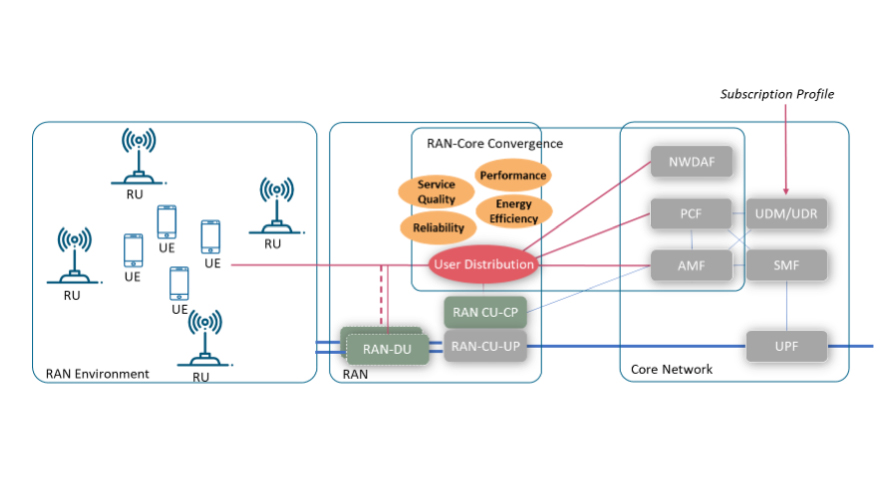
TSN-5G Integration
In many industrial use cases, for example within the discrete manufacturing context, challenging requirements related to reliability, latency and determinism are put on the communication networks. In the last 70 years we’ve seen an evolution from 4-20mA current loops, over field buses and industrial Ethernet systems towards open ICT standards developed within the IEEE Time-Sensitive Networking group.
One of the key elements for the success of 5G in factory environments is the adoption of deterministic communication at network level.
This includes:
- Establishment of a dedicated Ethernet bearer: ultra-reliable and low latency
- Bringing 5G system clock information to UPF (TSN-TT) and to UEs (TSN-TT)
- Establishing time delay (RateRatio) of the 5G TSN bridge
- Store and forward functionality in both the UE and UPF
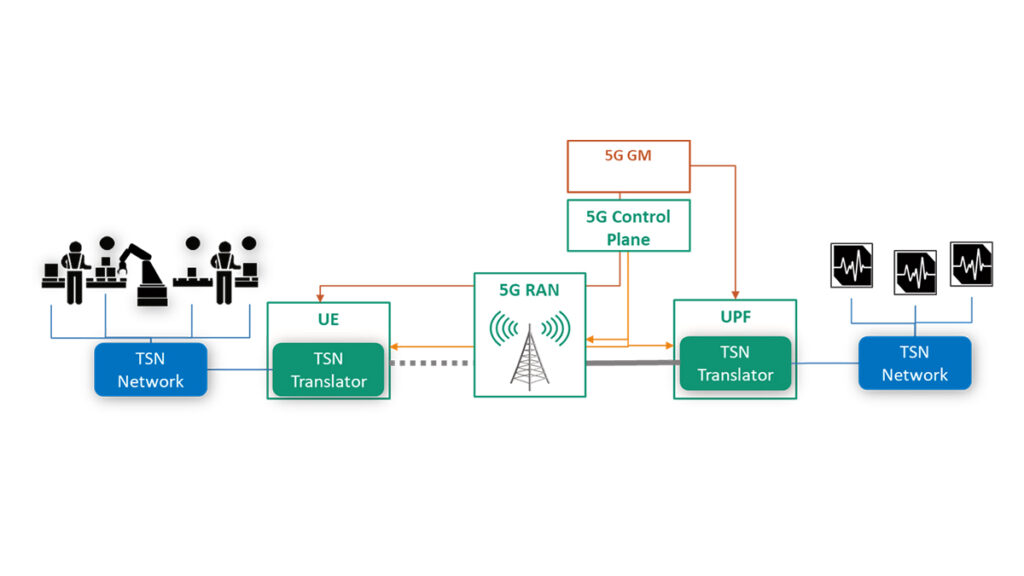
Dynamic RAN Support
With the deployment of small local networks (potentially mobile) there is a need for new mechanisms for assuring proper spectrum allocation and planning.
- Define a dynamic radio environment map
- Communicate the information to the existing micro-operators
- Consider mobility of micro-operator
- Predicting and adapting spectrum usage
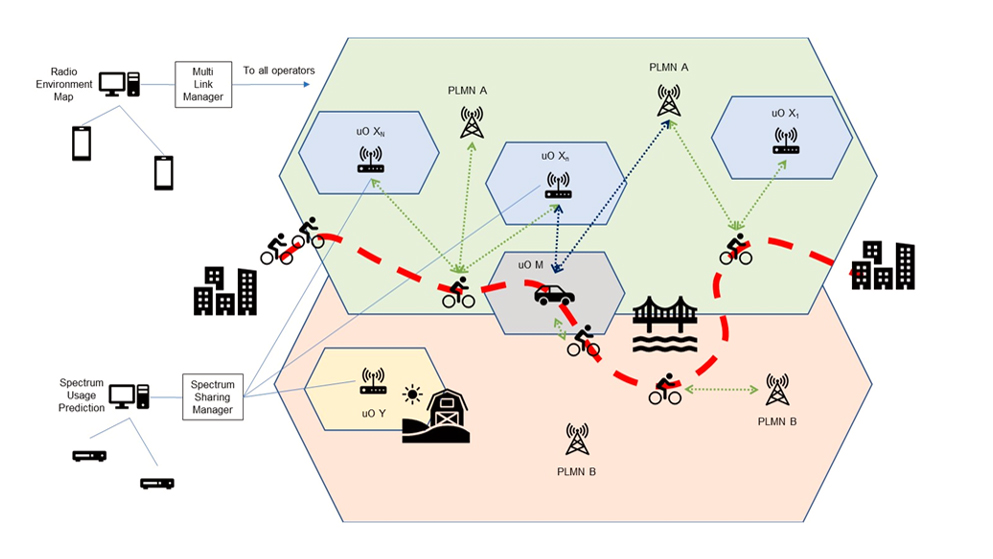
End-to-end System Resilience
Ensuring that ultra-complex software defined networks reach the same (or better) reliability than physical networks
- Holistic understanding of the system complexity
- Determining behaviour anomalies
- Tracing back root causes and mitigation options
- Adapted to continuous condition changes
- Enabling the flexible maintenance of administrative intents / SLAs
- Mitigation through software capabilities
- Immediate application on top of the 5G core network
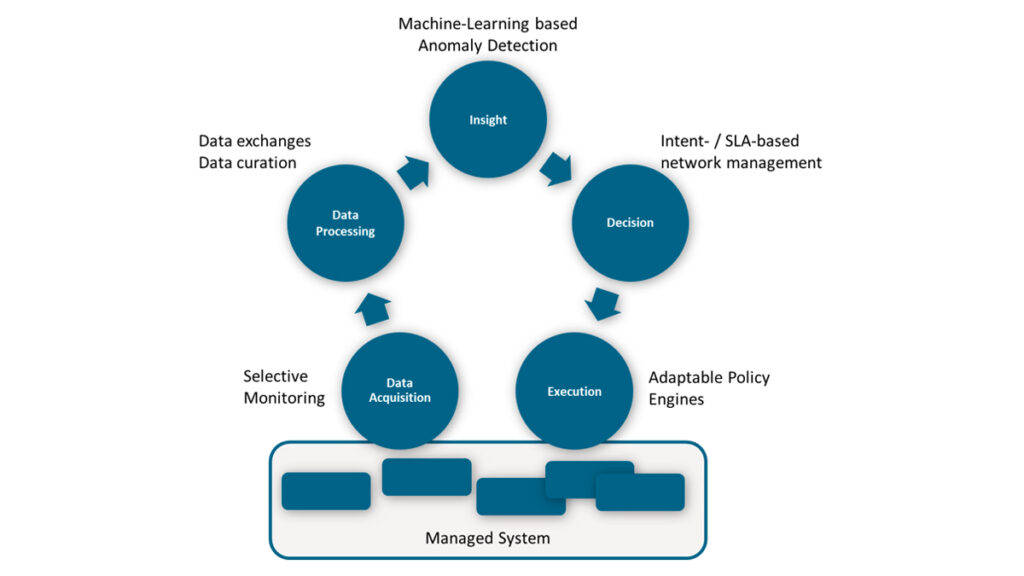
Nomadic and Mobile 5G Networks
Comprehensive systems which can be dynamically deployed at use case location
Customized, dedicated functions fo resource constraint environments, able to:
- Integrate with locally deployed base stations and devices
- Fit the local constraints: energy, weight, size, vibrations, weather, etc.
- Support for localized communication
- Trustful and reliable communication
Enabling graceful end-to-end system integration:
- Secure access to central nodes
- Support for edge-central data path and control split
- Support for edge-central split applications
- Coherent end-to-end network management
- Coherent end-to-end data acquisition, storage, processing and dissemination
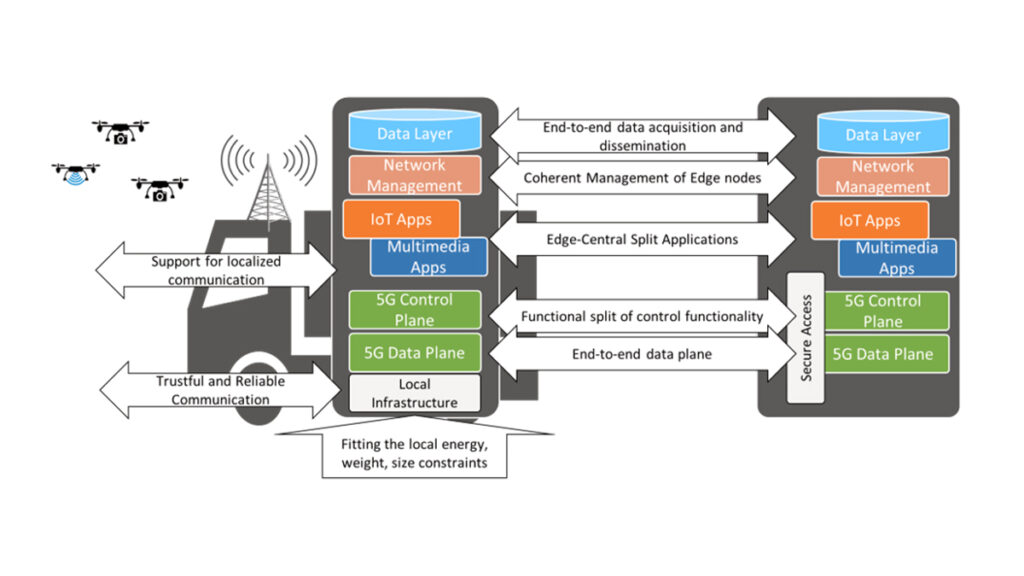
More Information
This functionality is part of:
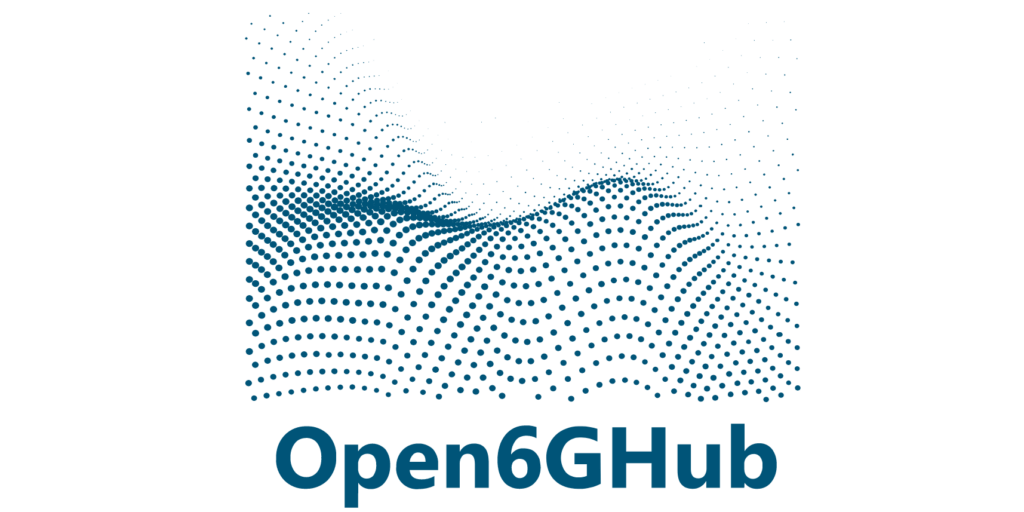

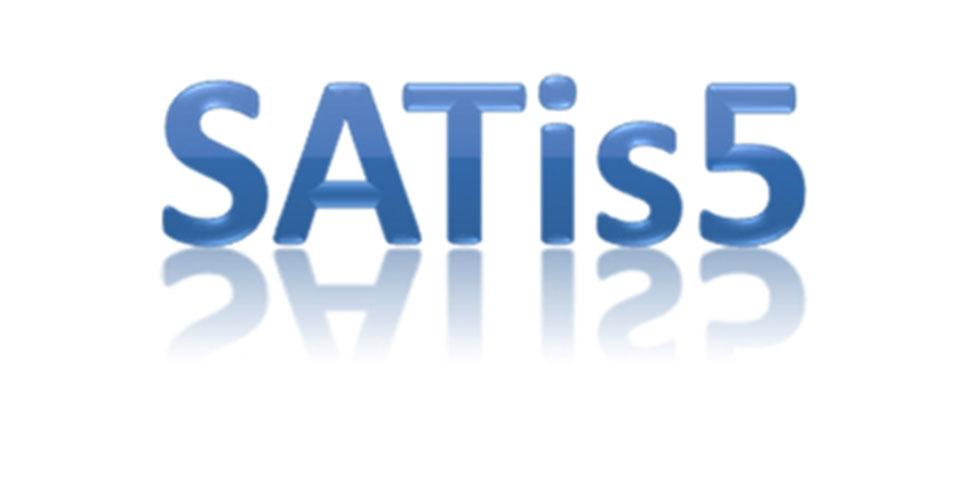

One Touch Deployment at Use Case Location
Maintain local services local with minimal human administration.
Precision localization algorithms, like the ones standardized by 3GPP in the latest releases, require functionality in specific domains and cannot be executed continuously. Localization should only be executed on-demand and with the granularity required by the specific external services.
We currently extend the Open5GCore with such a localization service capable to:
- Encapsulate various precision algorithms
- Trigger positioning operations on demand
- Store and analyze historical positioning information to be able to determine local user density and the individual UE’s the mobility paths
- Open localization API for external services to be able to access such information
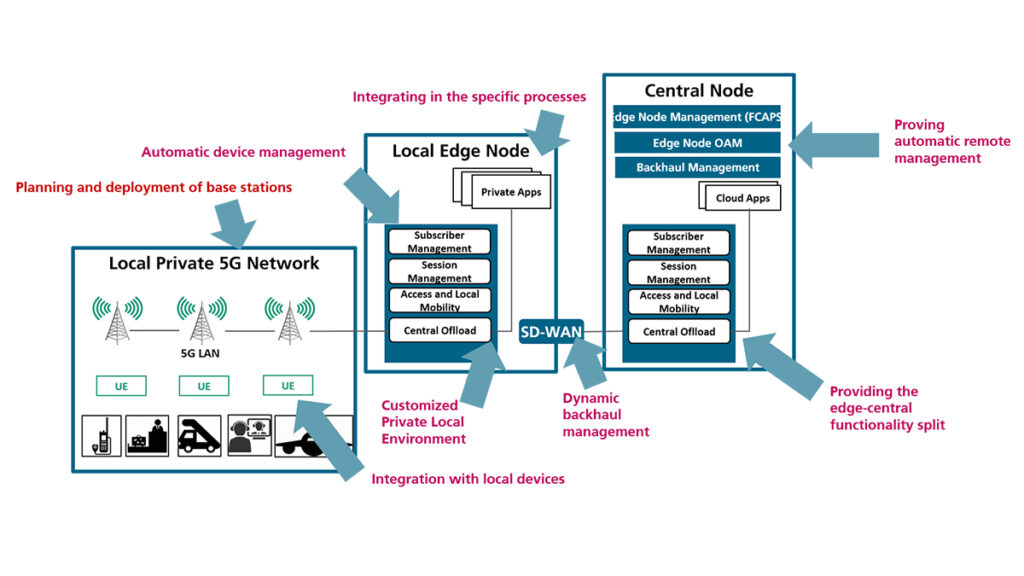
Deterministic End-to-End Communication
A highly connected environment with multi-path services
Ultra-low delay – localized services
- Jitter represents have to be added to the delay as well
Synchronous end-to-end communication – current services
- Jitter deters close control loops
Asynchronous chained services – automatically triggering other services in potential other network locations
- Machine-learning is highly delayed by data exchange jitter
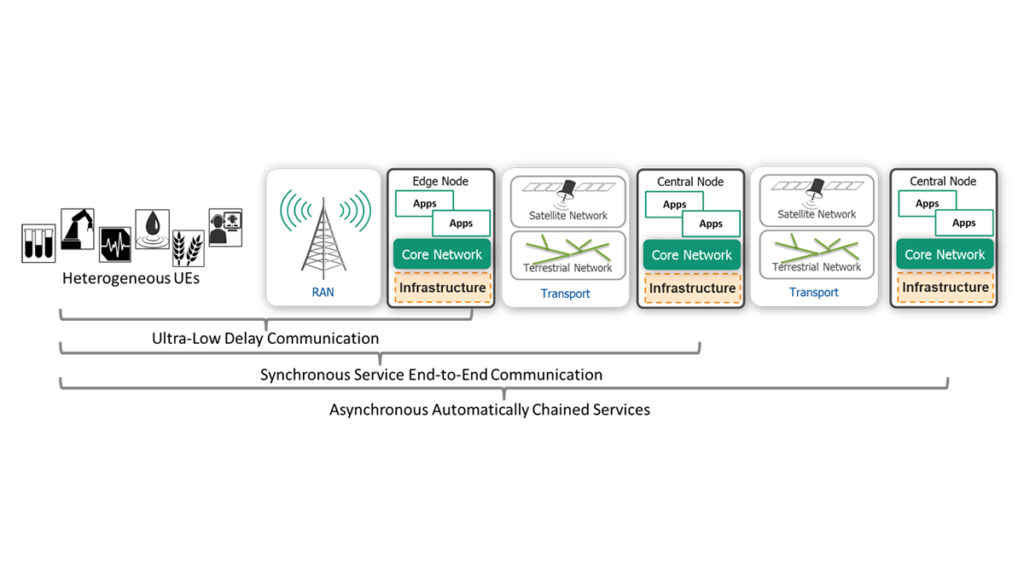
Automatic Understanding and Adaptation of System Behavior
- Determining behavior patters which are not expected within the system
- Adapt the system to these unexpected patterns
- Forensics / backwards traceability of (failed) software systems
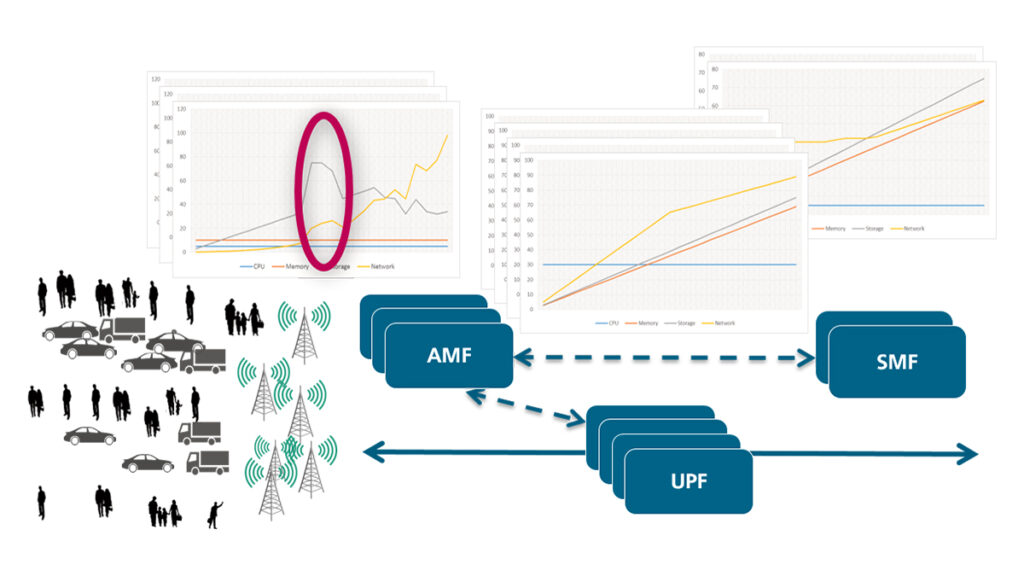
Optimizing Networks with Machine Learning
With the adoption of software systems and with the increase in data processing, the new 5G system can use existing and new machine learning algorithms to optimize its functioning. Specifically, of interest are three main directions:
1) Optimizing the usage of the system by the end devices – in a 5G system the end devices will not be any more equally treated, as requested by the consumer as well as by the vertical markets.
Machine learning enables to determine and optimize the subscriber mobility patterns and their QoS usage as well as to predict network congestions at specific locations.
With this, a better scheduling of the control plane procedures and of the allocation of the resources is possible, ultimately providing a better network service with a significantly lower resource consumption.
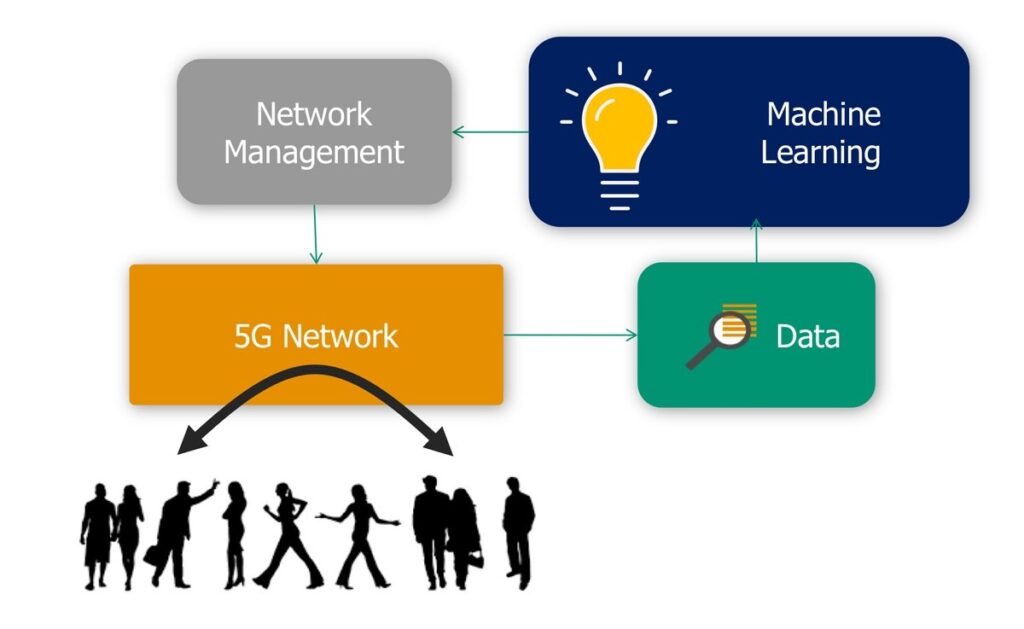
2) Optimizing the network management – machine learning is providing additional insight into the functioning of the mobile network, providing additional capabilities for fault, performance and security management.
By monitoring a large number of parameters across a longer duration of time, the following optimizations may be considered.
- Fault discovery and mitigation solutions in highly complex systems
- Performance degradation and anomaly detection
- Simplification of the security policies
- Determining network elasticity and scaling patterns
3) Reduced human interaction – albeit a certain human interaction will still be needed to overlook the network and for setting the governance policies, there is a stringent need that these operations will be executed without requiring very specialized, highly educated experts (e.g. you don’t need to be able to repair a gear box to be able to get a driver license).
Machine learning is one of the main technologies which enable to expose the most appropriate parameters (even by considering multiple administrative perspectives), in order to be able to enable the current network administrators to easily manage even more complex and more automated networks.
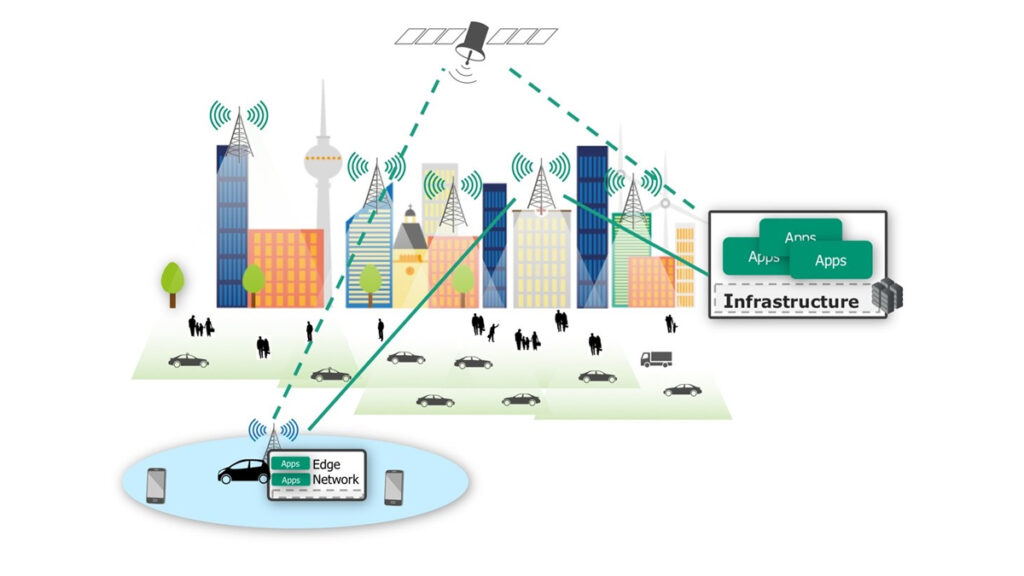
Satellite Repurposable Payloads
Providing the management framework for re-purposable and highly interconnected satellites
- Routing system for mega-constellations and 3D systems
- Definition of the mega-constellation control center and its interaction with the space nodes
- Operating system level configurations and support for space-grade compute units
- 5G network functions deployment on space-grade units
- RAN split options and RAN management
- Core network split options and Core network management
- End-to-end system management incl. node resouces and networking schedule
- Data acquisition, exchange and monitoring system
- Secure and reliable command system
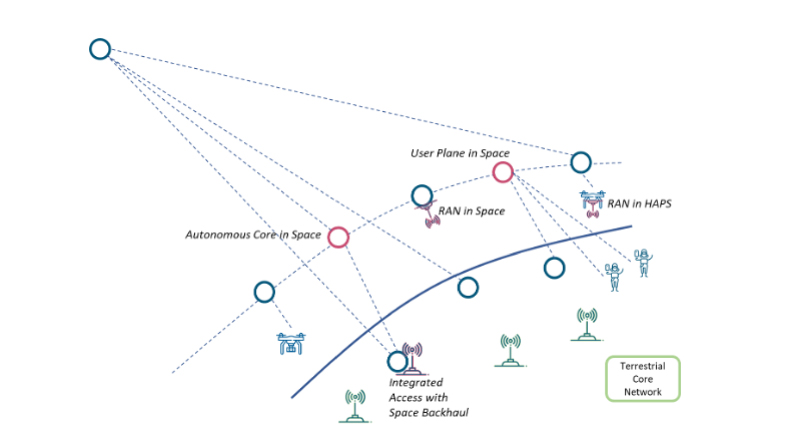
Sensing and Location Services
Accurate time and location capabilities as added value service for the communication networks
Accurate positioning can be provided as an additional network service
- From coordinated base stations
- From the UE and coordinated base stations
- Default is GNSS
mmWave and THz are highly prone to interference
- additional sensing is possible (e.g. moving objects)
These services can be offered additional to data connectivity and short messaging
